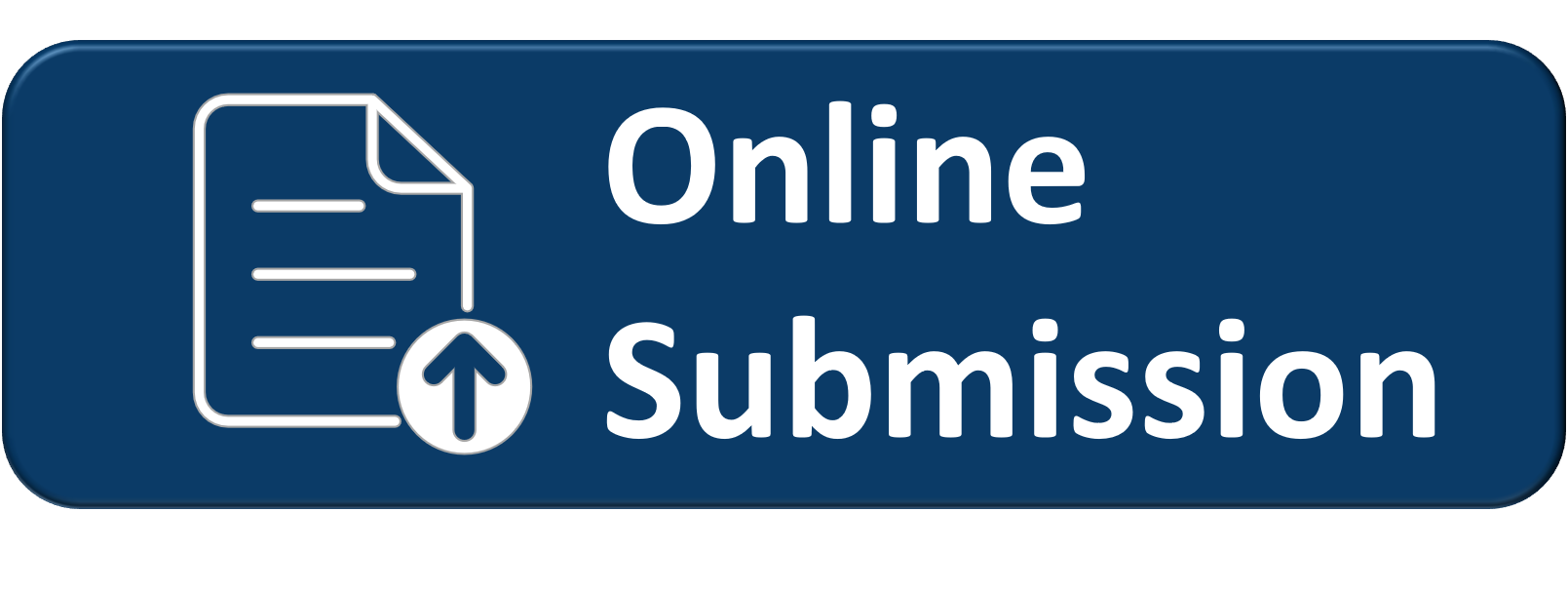Submissions
Submission Preparation Checklist
As part of the submission process, authors are required to check off their submission's compliance with all of the following items, and submissions may be returned to authors that do not adhere to these guidelines.- The submission has not been previously published, nor is it before another journal for consideration (or an explanation has been provided in Comments to the Editor).
- The submission file is in OpenOffice, Microsoft Word, or RTF document file format.
- Where available, URLs for the references have been provided.
- The text is single-spaced; uses a 12-point font; employs italics, rather than underlining (except with URL addresses); and all illustrations, figures, and tables are placed within the text at the appropriate points, rather than at the end.
- The text adheres to the stylistic and bibliographic requirements outlined in the Author Guidelines.
- iThenticate similarity index is ≤ 20%.
Articles
Section default policyCopyright Notice
1) Who Owns Copyright?
Authors retain copyright in their articles.
2) License on the Final Published Article
By default, Journal publishes the final published article (Version of Record, “VoR”) under Creative Commons CC BY-SA 4.0 (attribution required; redistribution and reuse—including commercial—permitted; adaptations must be distributed under the same license).
Any alternative license will be indicated on the article and requires prior agreement.
Requests for an alternative Creative Commons license must be made by the corresponding author at or before acceptance by emailing BRIN’s contact and specifying: (i) the exact license sought, (ii) any funder/institutional mandate, and (iii) the manuscript title and ID. The alternative license becomes effective only when Journal/BRIN issues written confirmation and the license is shown on the article’s webpage and PDF; until then, CC BY-SA 4.0 applies. Journal/BRIN may decline requests at its discretion.
3) License to Publish
Authors grant Journal (BRIN) a non-exclusive License to Publish the VoR and to reproduce, distribute, publicly display, communicate, translate, index, preserve, and otherwise make the VoR available in all media and formats, worldwide, for the duration necessary to ensure permanent scholarly access. Journal may use trusted third-party services (e.g., DOI registration, indexing, preservation).
4) Author Rights
Authors may, with appropriate citation to the VoR:
-
Share with colleagues and on personal websites.
-
Use in teaching, course packs, and learning platforms.
-
Present at conferences and distribute copies.
-
Include the work (in whole or part) in theses/dissertations, books, encyclopedia entries, or monographs.
-
Create adaptations/derivatives that are released under CC BY-SA 4.0.
-
Retain patent and trademark rights.
-
Self-archive preprints and accepted manuscripts (AAM) per Section 5.
5) Preprints & Self-Archiving
-
Preprints: Allowed at any time. Upon publication, add the VoR citation/DOI and a link to the VoR.
-
Accepted Manuscript (AAM): May be deposited without embargo in personal, institutional, or non-commercial disciplinary repositories. Include the VoR citation/DOI, a link to the VoR, and a notice that the VoR is licensed under CC BY-SA 4.0.
-
Version of Record (VoR): The VoR is distributed under CC BY-SA 4.0 as shown on the article. If an AAM carries a different license notice due to repository defaults, that notice applies to the AAM only; the VoR remains governed by the license shown on the article.
6) Text & Data Mining (TDM)
-
Permission: TDM of the VoR/AAM is permitted under the applicable CC license (typically CC BY-SA 4.0), with attribution and links to VoR DOIs. If expressive content from the works is redistributed in a corpus or outputs, ShareAlike applies to those expressive portions.
-
Access: Respect robots.txt and reasonable rate limits; do not circumvent access controls. Bulk access may be provided via Journal/BRIN APIs or datasets upon request.
-
Intermediate Copies: Allowed for research purposes consistent with the CC license.
-
Outputs: Sharing—including commercial—is permitted under CC BY-SA 4.0; cite VoR DOIs and include the applicable license.
-
Suspension: Journal may suspend access for abuse or technical risk; previously granted CC rights remain for lawful copies.
Exceptions & Additional Permissions
-
Government/Institutional Deposit: AAM/VoR deposit allowed where mandated; include VoR citation/DOI and the correct license statement.
-
Translations & Adaptations: Permitted under CC BY-SA 4.0 with attribution and ShareAlike; include a link to the VoR DOI. Authorized adaptations are not duplicate journal publications.
-
Logos/Trademarks/Non-CC Assets: Use of Journal/BRIN logos, trademarks, or non-CC content is excluded unless separately permitted.
7) Third-Party Content
Some figures, tables, images, or datasets may carry different licenses or require permission. Users must follow the credit lines on such materials and obtain any additional permissions directly from the rights holders.
8) Moral Rights, Attribution & Integrity
Attribution must include author name(s), article title, journal name, year, and DOI (where available). Nothing in this policy diminishes authors’ moral rights to be credited and to object to derogatory treatment of the work.
9) Compliance with Funders & Institutions
Where funder or institutional policies require specific licenses or statements, authors should notify Journal/BRIN during submission or at acceptance (see Section 2). Journal/BRIN will make reasonable efforts to accommodate such requirements.
10) Contact (single address)
BRIN Publishing
Directorate Of Repositories, Multimedia And Scientific Publishing
Gd Thamrin lt 8, Jakarta Pusat, Indonesia
E-mail: [Permission/Licensing] jurnal@brin.go.id | [Editorial] jusami@brin.go.id
Privacy Statement
The names and email addresses entered in this journal site will be used exclusively for the stated purposes of this journal and will not be made available for any other purpose or to any other party.







